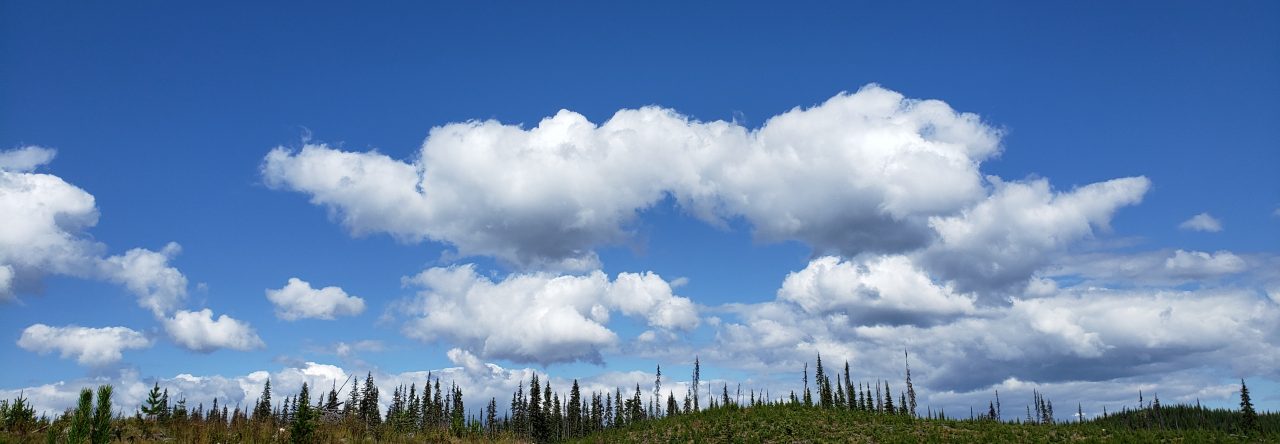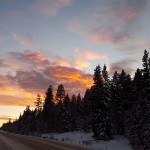Originally published as a column in NewsKamloops on January 15, 2016.
Amidst the welcome news of the Kinder Morgan and Enbridge pipelines being shut down by the BC government, the fact that fracking is still considered an acceptable process for extracting natural gas is somewhat baffling.
After all, the earthquake that rattled Fox Creek, Alta., and a large area surrounding it, was no small matter. At 4.8 magnitude, the earthquake was serious enough to make the Alberta Energy Regulator close the operation indefinitely. The decision is a wise one and the earthquake a cautionary tale that no one should be allowed to downplay.
Fracking, or hydraulic fracturing, comes with many risks. High-pressure fluid – as much as half a million litters of water with additives – is injected into deep wells in order to crack rocks and force out the natural gas trapped in the shale.
Aside from an increased risk of earthquakes (231 triggered by the shale gas industry between August 2013 and October 2014) that seem to increase in magnitude as more wells are being dug, fracking comes with a high risk of water contamination.
While some can argue that the province needs its natural gas project to continue in order to secure revenue and provide jobs, the controversial operations are bound to put some areas of BC and the people who live there at considerable risk.
The recent Fox Creek earthquake, as well as the two that occurred in British Columbia last year, share some commonalities: they were all caused by fracking and registered over 4 on the seismic scale. Hence the temporary (short or long-term) closing of the operations, yet unfortunately not severe enough to cause a re-evaluation of the process.
That many people in the area where fracking operations occur, as well as environmentalists, are showing great concern is only natural.
After all, natural gas giant Petronas, the company behind the huge LNG developments in BC, was discovered to have a poor reputation when it comes to safety matters. Not exactly what the public wants to hear about an industry that has been mushrooming in northeastern British Columbia.
And mushrooming is the right term indeed, as more than 7,300 wells have been drilled since 2005 in British Columbia. The trouble is, the more wells they dig and the more additive-treated water is pumped into them to release the gas, the higher the risk of earthquakes and leakage of toxic and carcinogenic compounds (yes, they are) into fresh aquifers. We can figure out ways to exist without natural gas, but there is no way we can ever exist without water. Which means that we have to preserve what we have at all costs rather than have so much of it used by industries that do not honour a green-energy commitment, nor admit the putative health and environmental effects they inflict.
As if an increased risk of earthquakes and water contamination is not enough, adding the release of methane into the atmosphere as yet another fracking side-effect (a 2013 report pointed out that the actual release is 70 percent higher than initially thought), should make us all wonder why fracking is allowed to continue the way it does.
After all, as with an oil spill in a pristine area, the effects of fracking can greatly affect a community. In Hudson’s Hope, BC, the site of five fracking wells and also the place of a continuous landslide which people blame on the fracking operation, the reality is as dark as could be, water-wise.
The only source of water for the community is contaminated with heavy metals, not that anyone claims responsibility for it. A report by the B.C.’s Oil and Gas Commission stated that the area has naturally occurring metals and is prone to land instability. How conveniently impaired one could say. Yet sarcasm aside, the reality is a sad one. The water advisory is still on and it’ll probably be for a while. People cannot use the creek the way they used to for generations.
Fracking is still happening near Hudson’s Hope and while the residents blame it for their water problems, truth is hard to come by when big money is at stake.
Call it cliché if you will, but human health and the health of the environment are priceless. And we just don’t have the luxury to spare any at this point. Nor should we be gullible enough to allow companies to convince us that fracking comes with low risks hence it should continue. The price in the long run (or not so long) could be a devastating one and the future generations, as well as the present one, deserve better.

 Soon after we arrived in Transylvania my youngest had set up shop in a corner of my sister’s yard to do one of the things he likes the most: forging. It’s not quite what you’d imagine a 9-year-old doing and yet he loves the concept, enjoys the time spent learning about fires no matter how cold it is outside and every step adds a new layer of appreciation for manual work and for the things people can make if only they take the time.
Soon after we arrived in Transylvania my youngest had set up shop in a corner of my sister’s yard to do one of the things he likes the most: forging. It’s not quite what you’d imagine a 9-year-old doing and yet he loves the concept, enjoys the time spent learning about fires no matter how cold it is outside and every step adds a new layer of appreciation for manual work and for the things people can make if only they take the time.













